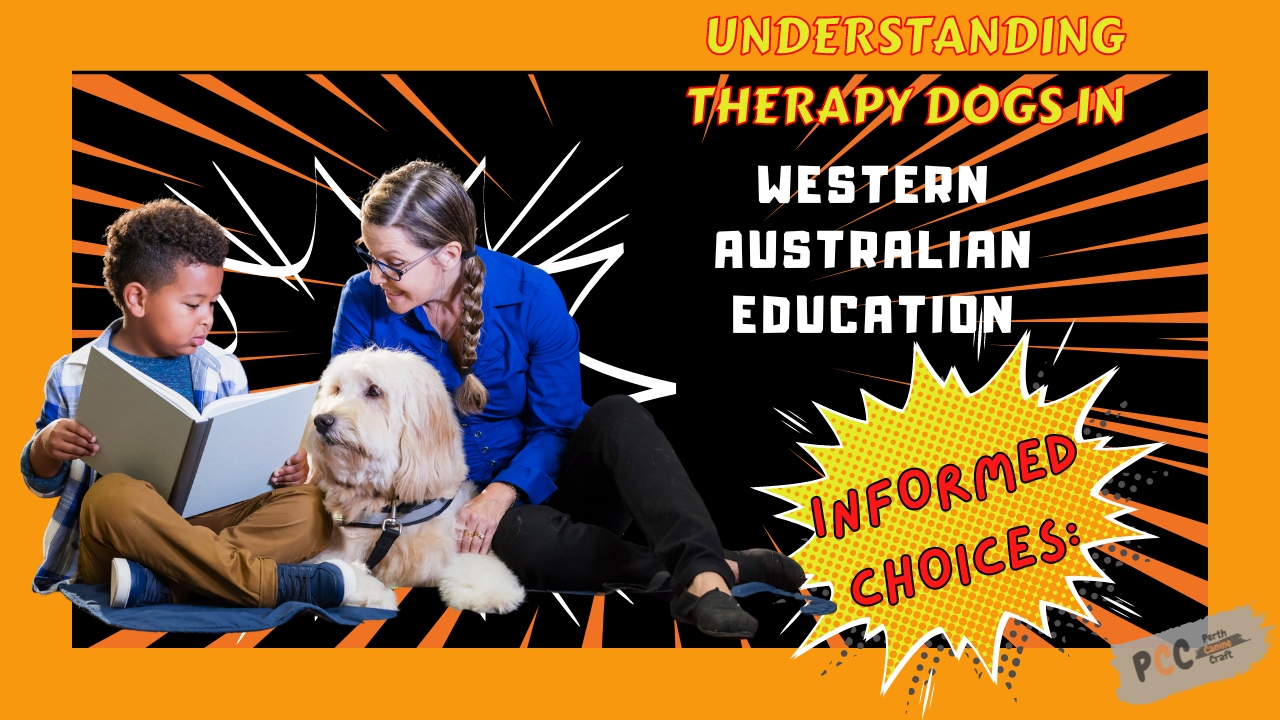Therapy Dogs in Western Australia: Enhancing Education and Well-being
Therapy dogs play a vital role in fostering a supportive and nurturing environment in schools across Western Australia. While similar to assistance dogs, which are specially trained to aid individuals with disabilities, therapy dogs serve a broader purpose by offering emotional support and companionship to students and staff alike.
Understanding the Role of Therapy Dogs in Schools
In Western Australian schools, therapy dogs are not formally accredited but play a crucial role in promoting well-being and enhancing the learning experience. These furry companions are guided by their handlers to interact with students and respond to the school environment in various ways:
- Emotional Support: Therapy dogs provide comfort and emotional support through animal-assisted therapy, contributing to a positive atmosphere within the school community.
- Learning Assistance: They serve as non-confronting audiences during reading activities and help teach sensitive touch, promoting calmness and relaxation among students.
Meeting Animal Welfare Requirements
Before introducing a therapy dog into a school environment, certain considerations must be made to ensure the well-being of both the dog and the school community:
- Justification and Purpose: Schools must justify the presence of a therapy dog, outlining the intended benefits and how the dog will be utilized. This justification is a legal requirement under the Animal Research Act in Western Australia.
- Ownership and Responsibilities: While the therapy dog may be brought to the school by an external owner, the school must clarify ownership, responsibilities, and financial arrangements for the dog’s care and management.
- Health and Safety Practices: Therapy dogs must adhere to strict health and safety protocols, including routine parasite control, vaccinations, balanced diet, exercise, grooming, and regular veterinary check-ups. Additionally, safe travel to and from school is ensured with appropriate restraints in the vehicle.
Selecting and Training Therapy Dogs
Choosing the right therapy dog is essential for their success in a school environment. Factors such as temperament, size, and previous training should be considered:
- Breeds and Characteristics: Dogs with calm dispositions and medium size are often preferred for therapy work. While no breed is entirely hypoallergenic, breeds like poodles, which shed less hair, may be suitable for individuals with allergies.
- Training and Socialization: Therapy dogs should undergo training to cope with various situations and interactions with children. It’s crucial to avoid overexposing puppies to the school environment and to ensure compatibility and health when employing multiple therapy dogs.
Educating Staff and Students
Proper training and awareness are essential for the successful integration of therapy dogs into the school community:
- Staff Development: School staff should receive training on interacting with therapy dogs and understanding their role within the school. Presentations and workshops led by dog trainers can help educate staff members on protocols and best practices.
- Student Guidelines: Students should be instructed on appropriate interactions with therapy dogs and hygiene procedures to minimize health risks. Clear guidelines should be established to ensure the safety and well-being of both students and dogs.
Monitoring and Documentation
Regular monitoring of therapy dogs’ physical, psychological, and behavioural health is essential for their well-being. This includes biannual veterinary check-ups and annual assessments by an accredited trainer. Schools should also undertake risk assessments and maintain thorough documentation related to the care and management of therapy dogs, including attendance records, health documents, ownership agreements, and risk assessments.
Therapy dogs play a valuable role in creating a supportive and inclusive learning environment in Western Australian schools. By adhering to established guidelines and prioritizing the welfare of both dogs and students, schools can harness the benefits of animal-assisted therapy for the benefit of all.





0 Comments